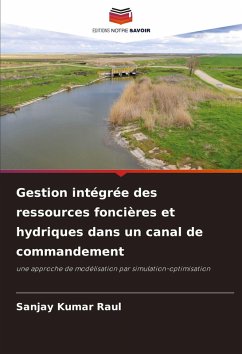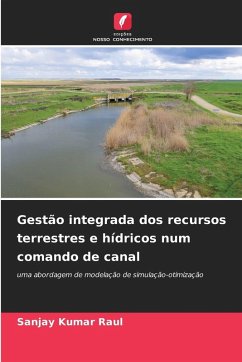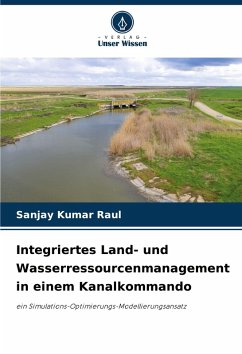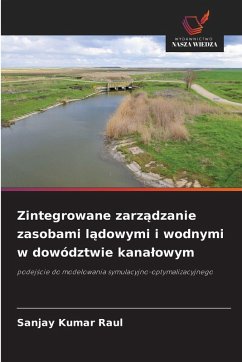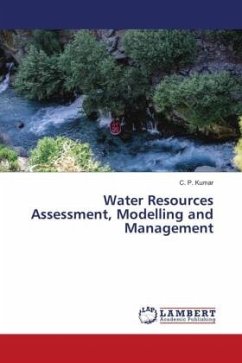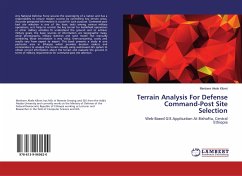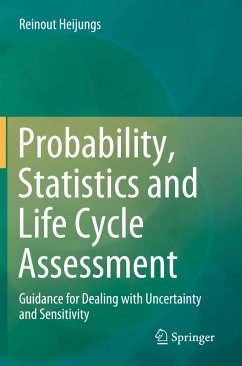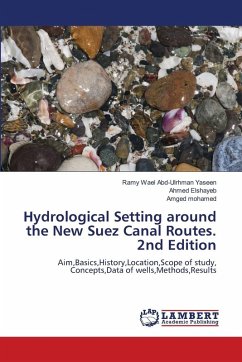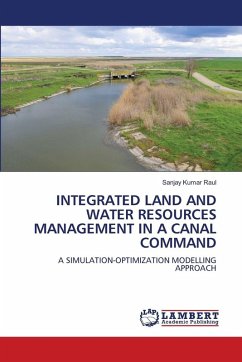
INTEGRATED LAND AND WATER RESOURCES MANAGEMENT IN A CANAL COMMAND
A SIMULATION-OPTIMIZATION MODELLING APPROACH
Versandkostenfrei!
Versandfertig in 6-10 Tagen
53,99 €
inkl. MwSt.

PAYBACK Punkte
27 °P sammeln!
The water supply in the Hirakud canal command (Eastern India) is not adequate to meet the irrigation requirement of non-monsoon crops. On annual basis, the canal water supply is able to meet only 54% of the irrigation demand at 90% probability of exceedance (PE) level. Hence, in order to mitigate the irrigation water deficit, groundwater is considered as a supplemental source. Quasi-three-dimensional groundwater flow simulation by Visual MODFLOW was undertaken to study the groundwater behaviour. Further, combined simulation-optimization modelling was undertaken to determine the maximum permiss...
The water supply in the Hirakud canal command (Eastern India) is not adequate to meet the irrigation requirement of non-monsoon crops. On annual basis, the canal water supply is able to meet only 54% of the irrigation demand at 90% probability of exceedance (PE) level. Hence, in order to mitigate the irrigation water deficit, groundwater is considered as a supplemental source. Quasi-three-dimensional groundwater flow simulation by Visual MODFLOW was undertaken to study the groundwater behaviour. Further, combined simulation-optimization modelling was undertaken to determine the maximum permissible groundwater pumpage. An optimal land and water resources allocation model was then developed to determine the optimal cropping pattern realizing the maximum net annual return. The modelling results suggested that the net annual returns from the area can be increased by 51.3 and 12.5% at 10 and 90% PE levels, respectively, by adopting optimal cropping patterns and optimal pumping strategies. The adoption of optimal cropping patterns and optimal pumping strategies is strongly recommended for sustainable management of available land and water resources of the canal command.



